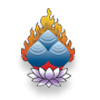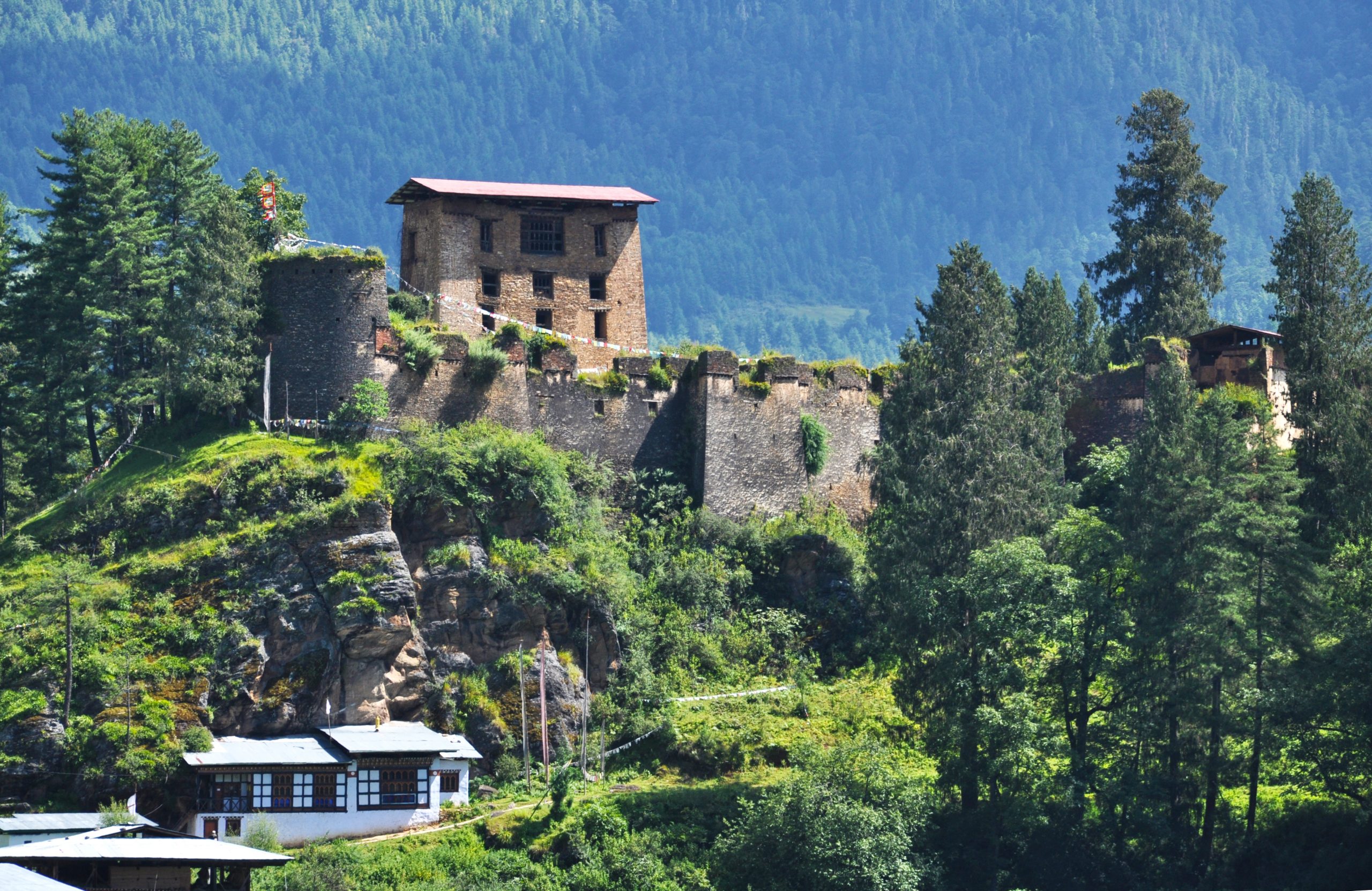Tour the last Shangrila in 2 weeks visiting important places of interest and getting connected to Bhutan and its way of life. We journey from the west to the central region and eastwards, winding through rugged terrain. The road then descends rapidly to the plain through a dense tropical forest to exit into India for onward journey.
The Last Shangrila
Keep Browsing Our Tour Options
Depth of Bhutan
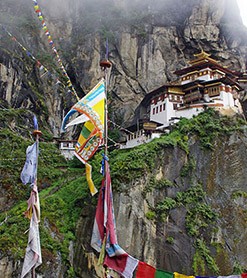
The Last Shangrila
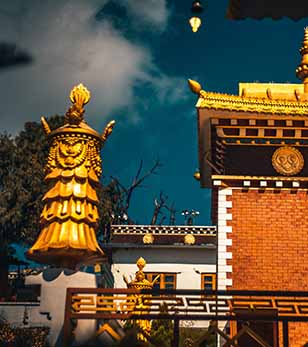
Nature’s Bounty
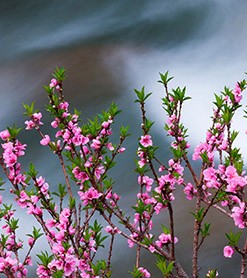
Bhutan Odyssey
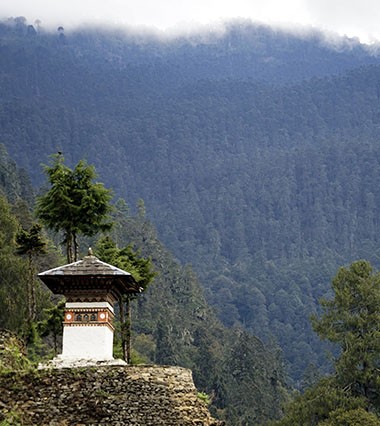
An Enchanting Realm
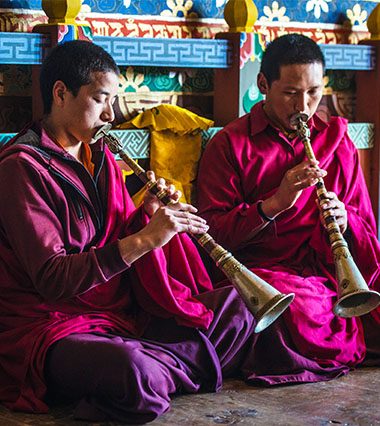
The Himalayan Jewel
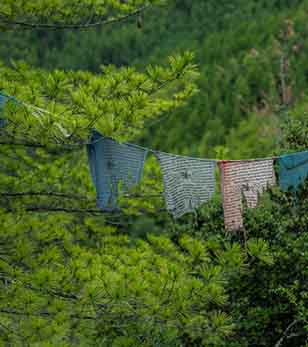
Kingdom in the Sky
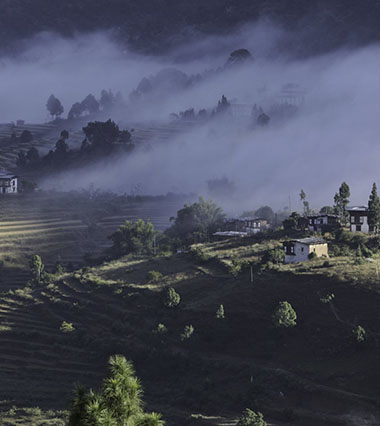
The Himalayan Splendour
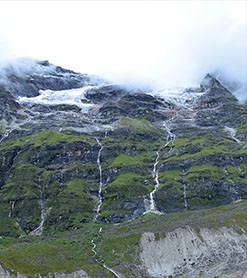
On Dragon Trail
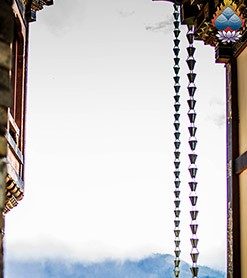
Journey to Drukyul
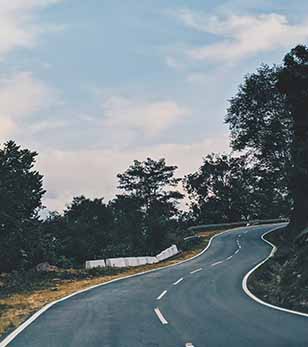
Journey to the Land of Peace
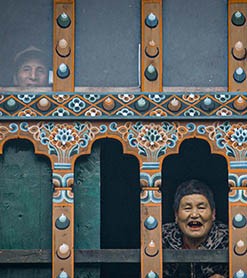
The Himalayan Wonderland
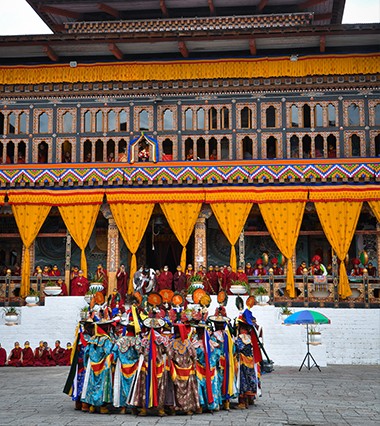
Glimpse of Bhutan


